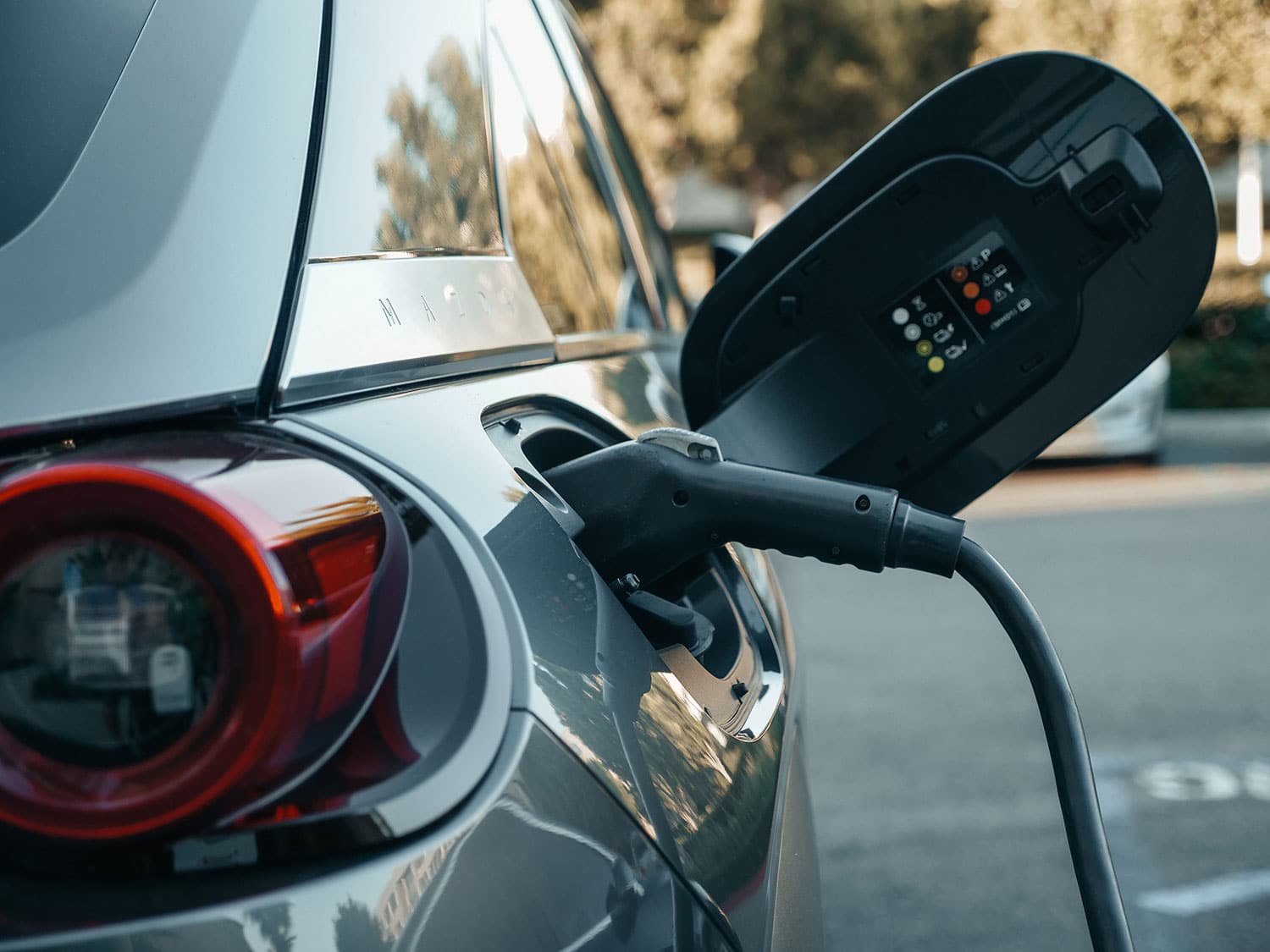
Researchers from Stanford University have devised a new way to make lithium-ion battery packs last longer and suffer less deterioration from fast charging. Their research shows how actively managing the amount of electrical current flowing to each cell in a pack, rather than delivering charge uniformly, can minimize wear and tear. This approach effectively allows each cell to live its best and longest life.
Most previous efforts to prolong electric car battery life have focused on improving the design, materials, and manufacturing of single cells based on the premise that, like links in a chain, a battery pack is only as good as its weakest cell.
The new study begins with an understanding that weak links are inevitable because of manufacturing and because some cells degrade faster than others as they’re exposed to stresses like heat. But this should not bring down the whole pack.
“If not properly tackled, cell-to-cell heterogeneities can compromise the longevity, health, and safety of a battery pack and induce an early battery pack malfunction,” said Simona Onori, Stanford professor and senior study author. “Our approach equalizes the energy in each cell in the pack, bringing all cells to the final targeted state of charge in a balanced manner and improving the longevity of the pack.”
The researchers painstakingly designed a high-fidelity computer model of battery behavior that accurately represented the physical and chemical changes that take place inside a battery during its operational life.
The running simulations with the model suggested that a modern battery pack can be optimized and controlled by embracing differences among its constituent cells. The team envisions their model being used to guide the development of battery management systems in the coming years that can be easily deployed in existing vehicle designs.
“To the best of our knowledge, no previous study has used the kind of high-fidelity, multi-timescale battery model we created,” said Simona Onori.
According to the researchers, the initial simulations suggest batteries managed with the new technology could handle at least 20% more charge-discharge cycles, even with frequent fast charging, which puts extra strain on the battery.
In addition to the electric vehicles, Onori said virtually any application that “stresses the battery pack a lot” – for example, drone-like aircraft – could be a good candidate for better management informed by the new results. Still, other applications for rechargeable lithium-ion batteries beckon, including general aviation and large-scale storage of renewable energy.
“Lithium-ion batteries have already changed the world in so many ways,” Onori said. “It’s important that we get as much as we possibly can out of this transformative technology and its successors to come.”
Journal reference:
- Vahid Azimi, Anirudh Allam, and Simona Onori. Extending life of lithium-ion battery systems by embracing heterogeneities via an optimal control-based active balancing strategy. IEEE Transactions on Control Systems Technology. DOI: 10.1109/TCST.2022.3215610
New charging approach boosts the lifetimes of EV battery packs by 20%
Source: Tambay News

0 Comments